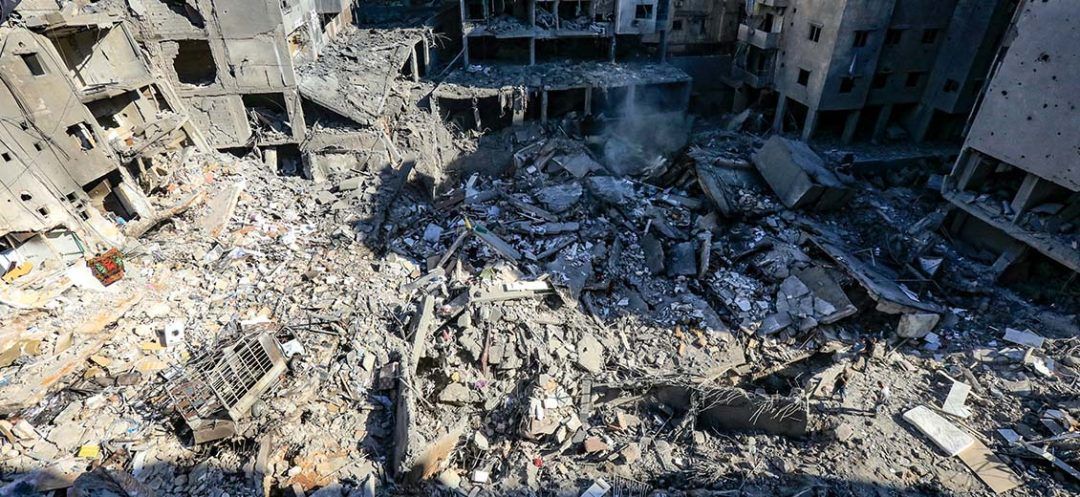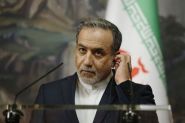
While the formula may seem outdated or overly simplistic, it is often employed to highlight pivotal moments in history and significant shifts. The “before” and “after” of September 27, 2024, is poised to reshape the geopolitical landscape, particularly for Shiite communities.
The significance of Hassan Nasrallah’s assassination and the near-total elimination of Hezbollah's leadership carry consequences that reach far beyond Lebanon. The series of setbacks Hezbollah has endured in recent months have laid bare a deep-rooted existential crisis that has plagued the Shiite community for decades, affecting not only Lebanon but the broader region and even Iran. This crisis stems from the early days of the Iranian Islamic Republic in 1979, when Ayatollah Khomeini assumed power after his lengthy exile in Paris.
One of Khomeini's earliest moves after taking power was to implement a plan devised with his advisors while still in exile in Paris: the establishment of a paramilitary force, the Revolutionary Guards (Pasdaran), intended to counterbalance the regular army, which was distrusted due to its American training under the Shah. However, the Pasdaran soon outgrew their original purpose, gradually transforming into a powerful entity within the state. They established their own military divisions, armed with a full array of weaponry, and built independent economic and financial systems, parastatal infrastructures, and even their own airline.
Even more concerning, the Pasdaran embraced a strategy of exporting the Revolution across the region, leading to the creation of militias loyal to the mullahs’ regime and fueling chronic instability. Hezbollah, formed in the early 1980s, became the cornerstone of this expansionist agenda. Later, other pro-Iranian groups, such as the Popular Mobilization Forces in Iraq and the Houthis in Yemen, followed suit—along with Iranian support for Hamas. These groups are positioned to act as potential threats to Israel in the event of an attack on Iran, serving as bargaining chips in future negotiations with Washington.
At the heart of the existential crisis facing Shiite communities in Lebanon and elsewhere lies this expansionist strategy, which seeks to elevate the regime to the status of a preeminent regional power through the use of proxies. In recent years, many Shiite intellectuals, academics, journalists and religious figures have criticized the Islamic Revolution's export strategy and the destabilizing hegemony exerted by the Pasdaran in several Arab countries.
This sovereigntist protest is also characterized by a rejection of the political system established by Khomeini: the wilayat el-faqih. According to this doctrine, strategic issues, including the choice between war and peace, are the sole responsibility of the wali el-faqih—the Supreme Guide of the Islamic Republic—whose decisions are final. His authority is derived from divine legitimacy, rendering it unassailable.
Against this backdrop, two currents of Shiite thought have emerged in recent years, particularly within the Lebanese context. The first aligns with the Khomeinist project, which is fundamentally transnational, while the second advocates for a national, sovereigntist approach. In Lebanon, the first current is strongly supported by Hezbollah, whereas prominent figures like Imam Moussa Sadr and Imam Mohammed Mehdi Chamseddine, along with Sheikh Mohammed Hussein Fadlallah and Sheikh Hani Fahs (among others), have championed the second perspective. They urge Shiites in Lebanon and the broader Middle East to reject any transnational Shiite project and instead focus on improving their living conditions, while limiting their actions within the societies they inhabit.
The earthquake that hit Hezbollah, from the highest echelons of its leadership to its foundational military infrastructure, has ushered in a new chapter in the history of both the party and the community. This upheaval has placed the two currents of Shiite thought at a critical crossroads. The shockwave was intensely felt by the mullahs' regime and the Pasdaran, who were blindsided by the rapid and severe destabilization of their key player in the Middle East and along the borders with Israel.
As is often the case in such circumstances, the foundations of Iranian and Hezbollah power appear to be significantly shaken. Critical decisions with far-reaching historical consequences need to be made swiftly, and the challenge is heightened by the Supreme Leader's apparent weakening due to the burdens of age, as he holds the final say on strategic options. Will the regime, along with Hezbollah, opt to remain confined within their narrow, ideological and regressive worldview, or will they choose to pursue a more pragmatic path that fosters an enlightened vision for their relations with the West and their role in the region? This latter approach resonates with the positions of various religious leaders, dignitaries and many Shiite intellectuals who have continually condemned the transnational, destabilizing community project.
In the wake of the September 27 earthquake, the two currents of Shiite thought stand at a critical crossroads, bringing the entire Middle East along with them.
Read more





Comments